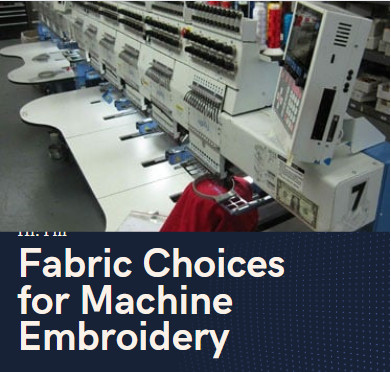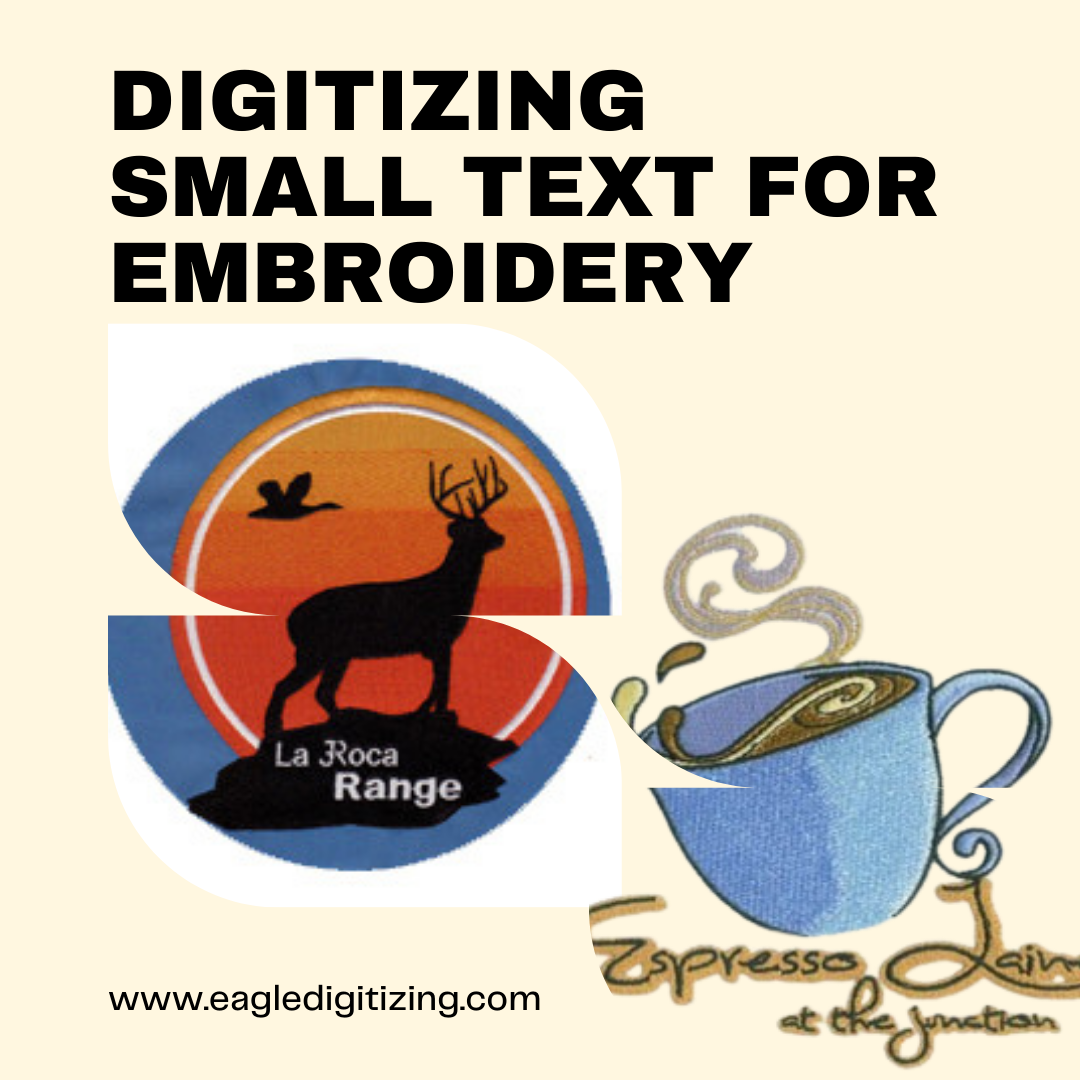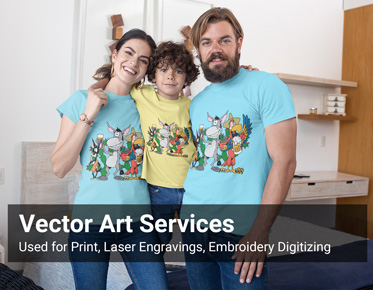Exploring the Top Fabric Choices for Machine Embroidery
Machine embroidery is an art form that seamlessly blends technology with creativity, allowing enthusiasts to adorn fabrics with intricate designs and patterns. However, achieving stunning embroidery results goes beyond just selecting the right design; it also involves choosing the appropriate fabric. Let's delve into the world of fabric choices for machine embroideryand uncover the factors to consider when making your selection.
Fabric weight and density
The weight and density of the fabric play a crucial role in determining its suitability for machine embroidery. Lighter fabrics may require additional stabilizers to prevent puckering or distortion during stitching, while heavier fabrics may pose challenges for the embroidery machine's needles and mechanisms. Strike a balance by opting for a fabric that offers stability without compromising on the ease of stitching.
Fabric texture and weave
The texture and weave of the fabric significantly impact its ability to hold embroidery stitches and showcase intricate designs. Smooth, tightly woven fabrics provide a stable surface for embroidery, ensuring crisp and clear stitching. On the other hand, loosely woven or textured fabrics may require extra care to achieve the desired results. Consider the intricacy of your design and select a fabric with a suitable texture and weave to bring your vision to life.
Fabric color and pattern
The color and pattern of the fabric can enhance or detract from the embroidery design. Solid-colored fabrics allow the embroidery to stand out, while patterned fabrics may complement or compete with the design, depending on the complexity of the pattern. Take into account the overall aesthetic you wish to achieve and choose a fabric color and pattern that harmonizes with your embroidery design.
Fabric stability and stretch
Stability and stretch are vital considerations, particularly for garments and items that will undergo regular wear and laundering. Fabrics with high stability maintain their shape well during embroidery and subsequent use, ensuring longevity and durability. Conversely, stretchy fabrics require special handling to prevent distortion and puckering, necessitating careful consideration during the fabric selection process.
Cotton
Cotton fabric is a staple choice for machine embroidery projects, renowned for its versatility and ease of stitching. Its natural fibers provide a soft and breathable canvas for embroidery, making it suitable for a wide range of applications, from garments to home decor items. Additionally, cotton fabric readily absorbs embroidery thread, resulting in vibrant and long-lasting designs. When embroidering on cotton fabric, ensure it stabilizes adequately to prevent shifting and distortion during stitching.
Linen
Linen fabric exudes elegance and sophistication, making it a favored choice for high-end embroidery projects. Its distinctive texture and drape lend a unique charm to embroidered designs, elevating them to new heights of luxury. Linen fabric is prized for its durability and resistance to wrinkles, ensuring that embroidered creations maintain their pristine appearance over time. However, embroidering on linen requires finesse, as its coarse texture may necessitate adjustments to needle size and tension to achieve optimal results.
Polyester
Polyester fabric is valued for its durability and versatility, making it an excellent choice for machine embroidery projects that demand longevity and resilience. Its synthetic fibers offer exceptional color retention and resistance to fading, ensuring that embroidered designs remain vibrant and vivid, even after repeated washings. Polyester fabric also boasts a smooth surface that readily accepts embroidery stitches, allowing for precise and intricate detailing. When embroidering on polyester fabric, use a lightweight stabilizer to maintain fabric stability without adding bulk.
Silk
Silk fabric epitomizes luxury and refinement, making it a coveted choice for exquisite embroidery projects. Its lustrous surface and delicate texture impart a sense of opulence to embroidered designs, creating stunning visual effects that captivate the eye. Silk fabric drapes beautifully and holds embroidery stitches with grace and elegance, resulting in truly breathtaking creations. However, embroidering on silk requires a gentle touch and careful attention to detail, as its delicate fibers may be prone to snagging or puckering if not handled with care.
Velvet
Velvet fabric adds a touch of glamour and sophistication to machine embroidery projects, with its plush texture and rich colors creating a sumptuous backdrop for intricate designs. Its soft pile provides depth and dimension to embroidered motifs, lending them a luxurious allure that commands attention. Velvet fabric requires special consideration during the embroidery process, as its delicate fibers may crush or flatten if subjected to excessive pressure or tension. To achieve optimal results when embroidering on velvet, use a gentle touch and ensure proper stabilization to prevent distortion and maintain fabric integrity.
Denim
Denim fabric is prized for its rugged durability and casual appeal, making it an ideal canvas for embellished denim jackets, jeans, and accessories. Its sturdy construction and distinctive texture provide a versatile platform for creative embroidery designs, ranging from whimsical motifs to intricate patterns. When embroidering on denim, use a denim or heavy-duty needle to penetrate the fabric's multiple layers effectively, and consider adding decorative stitching to reinforce seams and add visual interest.
Felt
Felt fabric offers a soft and fuzzy surface that holds embroidery stitches securely, making it a popular choice for playful and whimsical designs. Its dense structure provides stability without the need for additional stabilizers, simplifying the embroidery process and allowing for quick and easy stitching. Felt fabric comes in a variety of colors and thicknesses, offering endless possibilities for creative expression. When embroidering on felt, use a sharp needle to pierce the fabric cleanly and avoid pulling or stretching, ensuring precise and polished results.
Leather
Leather fabric exudes sophistication and elegance, making it a luxurious choice for upscale embroidery projects. Its supple texture and rich tones provide a striking backdrop for intricate designs, adding a touch of refinement to any creation. Embroidering on leather requires specialized techniques and tools, including leather needles and adhesive stabilizers, to ensure optimal results. Additionally, leather fabric may require careful handling to prevent puckering or distortion during stitching, necessitating attention to detail and precision.
Proper stabilizer selection
Choosing the right stabilizer for the fabric is essential for achieving clean and professional-looking embroidery results. Experiment with different stabilizer types and weights to find the best match for your chosen fabric and embroidery design. Consider factors such as fabric weight, texture, and stretch when selecting a stabilizer, and test different combinations to determine the optimal balance of stability and flexibility.
Adjusting tension and stitch
settings
Fine-tuning your embroidery machine's tension and stitch settings can make a significant difference in the quality of your stitching on different fabrics. Take the time to experiment with tension adjustments and stitch settings to achieve optimal results for each fabric type. Keep in mind that certain fabrics may require modifications to tension and stitch length to prevent puckering or distortion, so be prepared to adjust accordingly.
Using appropriate needle types
and sizes
Selecting the correct needle type and size for the fabric is crucial for preventing damage to both the fabric and the embroidery machine. Consult the manufacturer's recommendations and consider factors such as fabric weight, weave, and texture when choosing needles for your project. Use a sharp needle for dense fabrics like denim or leather, and opt for a finer needle for delicate fabrics like silk or velvet. Additionally, be sure to replace dull or damaged needles regularly to maintain optimal stitching quality.
Testing embroidery designs on
scrap fabric
Before stitching your design on the final fabric, it's essential to test it on a scrap piece of the same material. This allows you to assess how the design looks on the fabric, identify any potential issues, and make adjustments as needed before committing to the final embroidery. Keep a stash of scrap fabric on hand for testing purposes, and use it to experiment with different embroidery designs, thread colors, and stitch settings. By testing your designs on scrap fabric, you can ensure that your final embroidery project meets your expectations and achieves the desired results.
In conclusion, selecting the right fabric is a crucial step in achieving beautiful and
professional-looking machine embroidery results. By considering factors such as
fabric weight, texture, color, and stability, as well as experimenting with
different fabrics and techniques, you can create stunning embroidered designs
that showcase your creativity and skill. With the right fabric choices and proper techniques, the possibilities for machine
embroidery are endless. Whether you're embellishing garments, accessories, or
home decor items, choosing the perfect fabric sets the stage for embroidery
excellence. So, go ahead and explore the diverse world of fabrics for machine
embroidery, and let your creativity soar!



